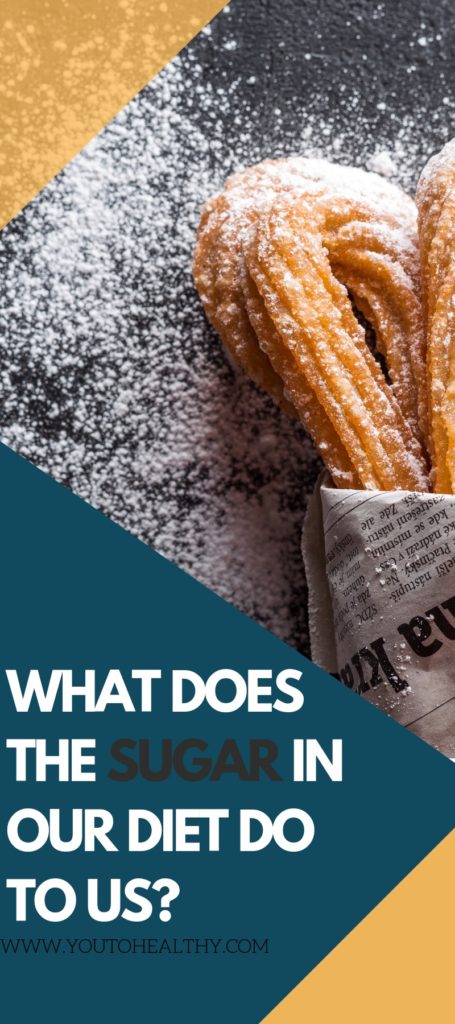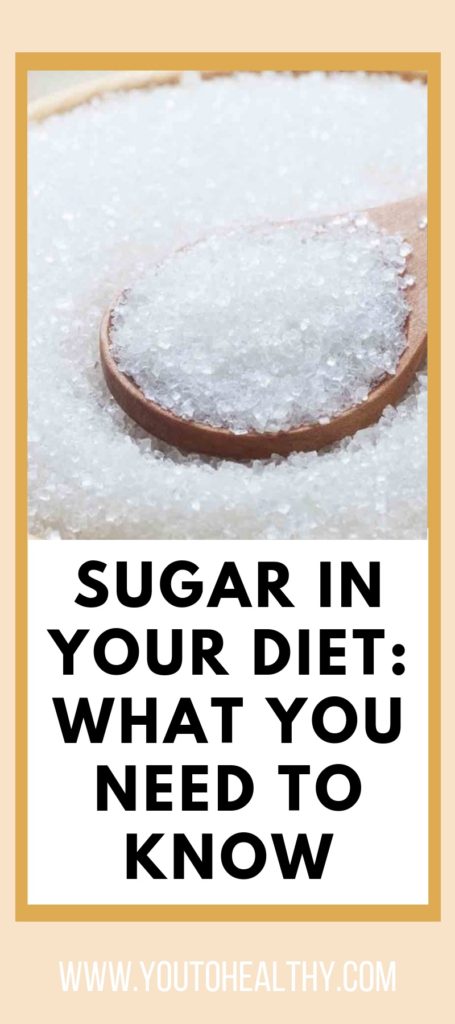Sugar is an ever-present topic that haunts the nutrition and fitness industry. It is prevalent in almost every single diet in the United States. While sugar can be a killer when it comes to nutrition, it depends on the type and quantity.
We have indeed started to combat this with alternatives in the organic industry and the popularity of different diets and lifestyle changes in recent years, but sadly, sugar remains just as popular as ever. It is everywhere.
Now, I want to make it clear before I begin that I’m not saying you should never consume sugar. I‘m also guilty of giving in to sugary foods. My goal is to provide you with information on sugar in our diets, what it does to our bodies, and how to avoid the bad kind when shopping for groceries.
What Are Some Common Types of Sugars?
There are different types of sugar that we consume. One of them is a naturally occurring sugar called fructose. Fructose is found in fruits, fruit juice, some vegetables, and honey. Another form of naturally occurring sugar is lactose, found in milk. In moderation, naturally occurring sugar can be beneficial to your diet.
Another form of sugar is high fructose corn syrup formed from corn and commonly found in soda, candy, cookies, juices, milk products, and more. This added sugar, in addition to table sugar (which is a refined form of naturally occurring sugar in plants), is what nutritionists and health consultants tell you to stay away from.
For a thorough list of different types of sugar, check out this resource from The Sugar Association.
Sugar in our Diet: Look Out For These Ingredients
According to the American Heart Association, the most common names used for sweeteners or added sugars in foods are:
Brown Sugar
Corn Sweetener
Corn Syrup
Fruit Juice Concentrates
High Fructose Corn Syrup
Malt Sugar
Molasses
Sugar (table sugar)
Syrup
Watch out for items that contain added sugars or genetically modified sugars that are bad for our overall diet.

You may also like: SUPERFOODS FOR HEALTH: WHAT YOU NEED TO KNOW
Sugar Linked to Increased Rate of Diabetes
In the U.S, we have seen a dramatic rise in the amount of added sugar in our diet. Even with more popular healthy diets and lifestyle trends, we still have more added sugar than ever before.
A study at UC San Francisco supports the hypothesis that more readily available sugar in a population’s diet is linked to higher rates of diabetes. Researchers found that the rate of diabetes has risen and diabetes is no longer always paired with obesity.
This is how much of an impact sugar has on our systems. We can get diabetes without becoming obese; the added sugars in our diet are that dangerous to our bodies.
Yet, with all of the information out there, companies continue to make an overwhelming number of products with tons and tons of added sugars, which consumers willingly buy because . . . let’s face it . . . they taste good!
I’m not one to shame someone for eating added sugars, and I’m certainly not trying to lure you into being an anti-sugar fanatic. I’m a mom, and I buy foods with added sugars in them from time to time. I have young kids who eat junk food (and I partake in the revelry) on occasion. But it’s good to have things in moderation. This begs the question . . . how much is too much?
I can tell you what I do, but it’s going to look different for everyone. One problem is that the foods with added sugars are cheaper than the healthier options that are out there. It’s easier on the wallet to buy the $2 pack of 12 breakfast cinnamon rolls than it is to buy the $4 box of gluten-free waffles that only have six tiny waffles in the box. For a family of four, that’s tough.
But this is a problem that needs a movement to be fixed—a movement with support from large industries. For now, you can choose to start out slow and just switch some foods out for healthier alternatives. Small steps are still steps! It’ll make a difference.
MyPlate Resource
MyPlate, a resource by the United States Department of Agriculture (USDA), explains the portions you need in each meal and helps you keep track of your food intake each day. It enables you to eat healthier to satisfy your daily need for protein, dairy, fruit, etc. It’s a great resource to help you get started. There is also an app that makes it easier for you to keep track of your food intake.
The MyPlate Plan page provides valuable information about the portions of fruit, veggies, protein, dairy, and oils you should have each day. It also takes you through a short questionnaire about your age, sex, weight, etc., to determine the portions that are right for you. You’ll notice that on almost every page, it states that the recommendation for a healthy diet is to cut down on added sugars.
Final Thoughts about Sugar in our Diet
Sugar seems to be the new foundation of the standard American diet. Many reasons for this exist, but each of us can choose to do something about the effects of sugar in our own lives.
There are resources out there to support a healthier lifestyle and diet. While there are many things that factor into how healthy your diet is, just a small step away from foods with added sugar will make a difference.





